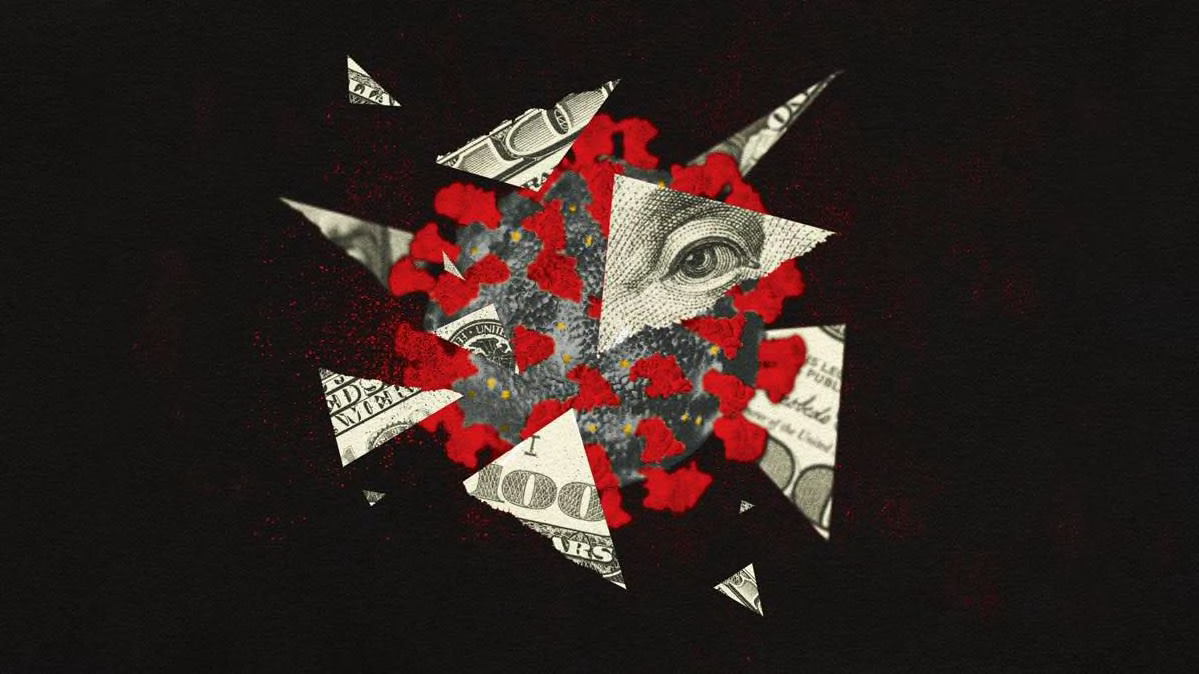
One-third of American families have lost income since the beginning of shutdown triggered by the coronavirus pandemic, with such losses striking families from all economic groups, according to a new nationally representative survey by the RAND Corporation.
About 30 percent of households, representing all levels of income, are having trouble paying their bills. The problem is more highly concentrated among low-income households, with even many households whose income has remained stable reporting that they are struggling to pay bills, according to the survey of more than 2,000 Americans.
About 40 percent of non-Hispanic Black households and nearly 50 percent of Hispanic households reported problems paying their bills, compared with 21 percent of non-Hispanic White households.
Among high-income households, 25 percent of those who have lost income report they are struggling to pay their bills.
“Americans from all income levels have seen their incomes drop, but how they approach paying bills in the face of adversity differs significantly by income level,” said Katherine G. Carman, the study’s lead author and a senior economist at RAND, a nonprofit research organization.
Unsurprisingly, low-income households have few options in paying their bills. They report borrowing from friends and family, selling possessions and simply being unable to meet expenses. Consistent with these findings, evidence from other surveys reveals rising food insecurity among low-income households.
Middle-income households report using formal credit, including putting expenses on credit cards with the hopes of paying the debt off over time, using bank loans and lines of credit, and, in some cases, taking on payday loans.
Researchers found fewer reports of payday loans among the low-income group than among the middle-income group. Although this difference was not statistically significant, researchers say it might reflect the higher rates of job loss among low-income workers, because such loans are not available to those who are unemployed.
Among the high-income group, households are likely to report turning to existing assets (such as balances in checking or savings accounts), and they report planning to pay off those expenses that they do put on credit cards at the end of the month.
Households at all income levels report turning to available cash first to cover their expenses. Other than the lowest income group, 80 to 90 percent said they would use money currently in checking and savings.
The federal stimulus payment is a lifeline for those who report having problems meeting current bills, with more than 80 percent of those people saying they planned to use the stimulus payment to meet current expenses.
Rent and mortgage relief was less commonly reported as a way to pay bills, but it was still important; 20 percent of households having problems meeting current expenses indicated using this method.
The survey was fielded between May 1 and May 6 through the RAND American Life Panel, a nationally representative internet panel, to assess the effects of the COVID-19 pandemic on individuals and households across a variety of topics.


Leave a Reply